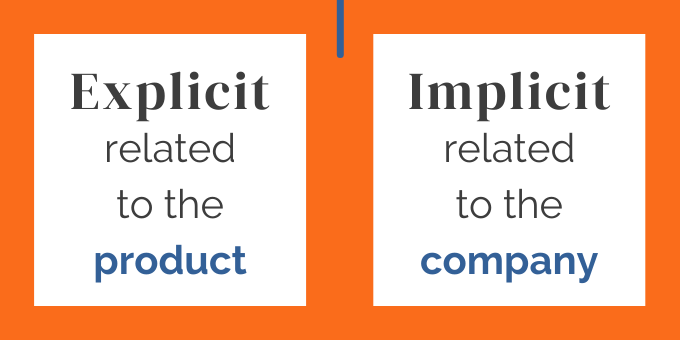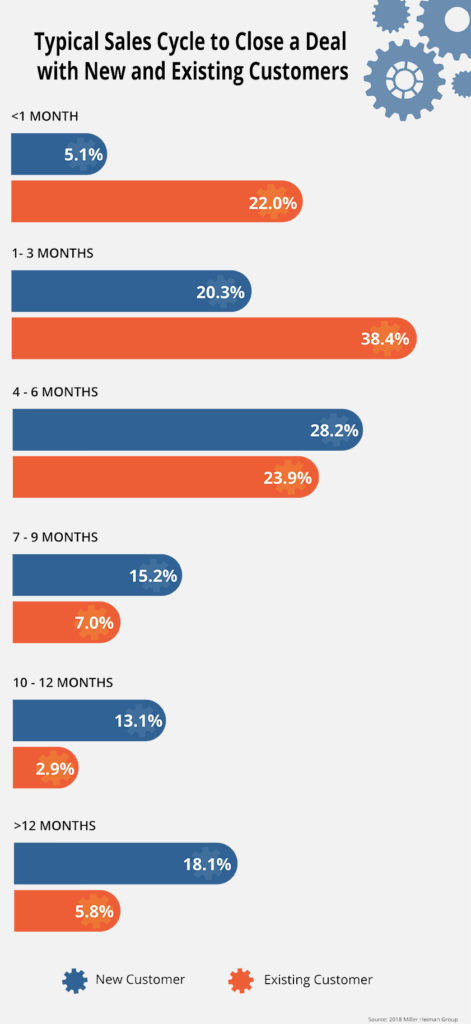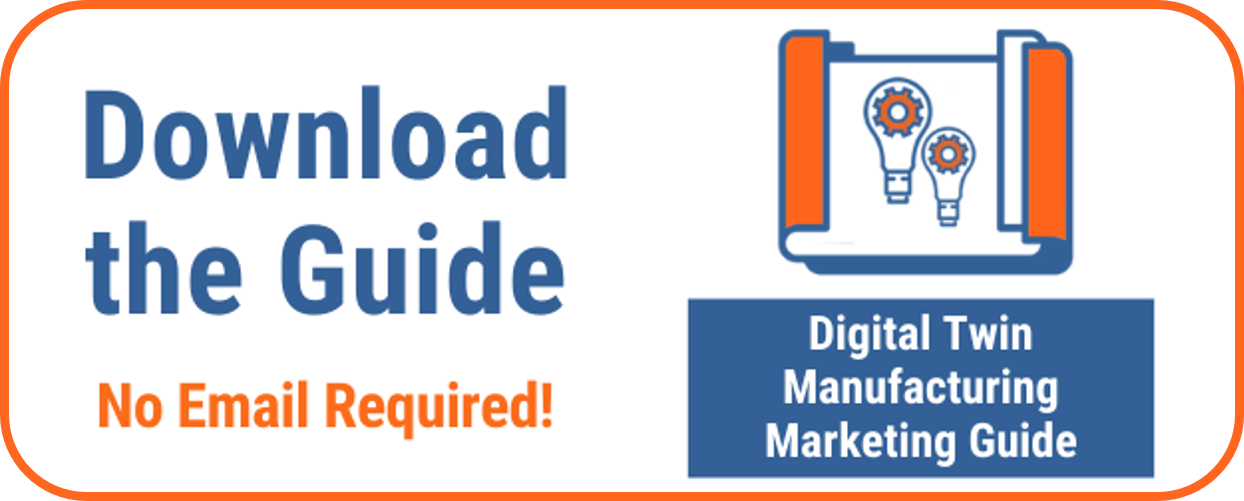Manufacturing has always been a realm of the salesperson. Relationships and deals have always been made via one-on-one sales calls, meetings at trade shows, and yes, a few rounds of golf and libations at the clubhouse.
There are four eternal challenges to manufacturing that have made it this way. Let’s take a closer look at what they are:

Eternal Challenge #1: You have many customers to reach and different “languages” to understand
In our experience working with B2B companies, especially manufacturers, we find that you’re typically reaching out to four types of customers.
- Purchasing
- Engineers/Designers
- Operations
- Management
These four types each speak different languages. An engineer or designer will speak a more technical language, and focus on precision. The purchasing agent will speak numbers. Management will speak in broad strokes, focusing on industry trends and strategies.
There isn’t always one clear-cut decision maker in the mix, so salespeople have always been “multi-manufacturing-lingual.”
Eternal Challenge #2: Your prospects have multiple objectives
Not only do your customers speak different languages, they also have different objectives. Professor Jagdish Sheth, a Professor of Business at Emory University, breaks out the objectives of these customers into two main areas:

Here is how these two areas look:
Explicit objectives (related to the product):
Product quality
Delivery time
Quantity of supply
After-sale service
Price
Implicit objectives (related to company):
Reputation
Size
Location
Reciprocity relationship with the supplier
Salesperson (personality, technical expertise, salesmanship)
Which do your prospects favor most? There is overlap, but it’s likely the engineer and the purchasing agent will be focused on product-specific details, like quality and price, respectively. Management will hone in on reputation and relationships.
Digital Twin Tip: It’s important to list all the specific objectives for your personas. We ask manufacturers to list different objectives for each persona. You can then use one-on-one interviews and advertising to qualify which are the most important.
Eternal Challenge #3: Your products and services are complex
Communicating the technical knowledge behind your products is critical yet extremely difficult. Although people tend to want simple, black-and-white answers, they may not get them. That’s because the function of your products and the impact they have on an organization can be multifaceted.
Consider the purchasing agent. Obviously, they want the lowest price for a product or service. But it’s just not that easy. We created an article for one of our clients, Delta ModTech, that illuminates the Total Cost of Ownership for one of their converting machines. It includes:
- Upfront costs
- Overall equipment effectiveness (OEE)
- Intangibles, such as ability to predict outcomes
Within each of those three areas, there are multiple factors to consider. The same holds true for operations and engineering.
Eternal Challenge #4: Your products and services have lengthy sales cycles
When you’re dealing with complex products, it’s not like you can run down to Target and yank one off the shelf.
According to a 2018 report by the Miller Heiman Group, the average sales cycles for 75% of B2B companies exceeds four months. And just over 18% of those cycles push past 12 months.

Ok, so why has all of this led to a reliance on sales?
Because it’s arguably faster, easier, and more cost-effective. You can spend a significant amount of money on a marketing campaign, and there is no guarantee that you’ll generate results.
Now you could argue that you’re also investing a lot of money in that salesperson, and if they don’t generate new sales, you’re in the same position. Yet the sales-oriented model, by and large, has always worked.
But there’s a new kid on the block that’s throwing a wrench into that age-old model.
Enter the Digital Newcomer
We get a lot of calls from manufacturing owners who are looking for help. They talk to us about needing a better website; better content on that website; and a better social media presence to share that content.
They’ve seen the stats we mentioned in our last post, including 67% of the buyer’s journey is now done digitally.
But it’s not like salespeople are being kicked to the sidelines. After all, 65% of B2B buyers said that they found value in discussing their situations with salespeople (CSO Insights). That’s why salespeople are adapting to the digital age. And they’re winning:
- 78% of salespeople engaged in social selling are outselling their peers who are not. (LinkedIn)
- Salespeople active on social media report 45% more sales opportunities. (LinkedIn)
- Only 28% of sales agents find cold calling effective. (Rain Group via Finances Online)
The bottom line is that because of the four eternal challenges, the role of the salesperson will never vanish. But because of the Digital Newcomer, organizations must adapt to the emerging marketplace.
In our next post, we’ll share a solution to the problem: The Digital Twin Marketing Approach. If you’d like to cut to the chase, click on the link below to see the full plan.

